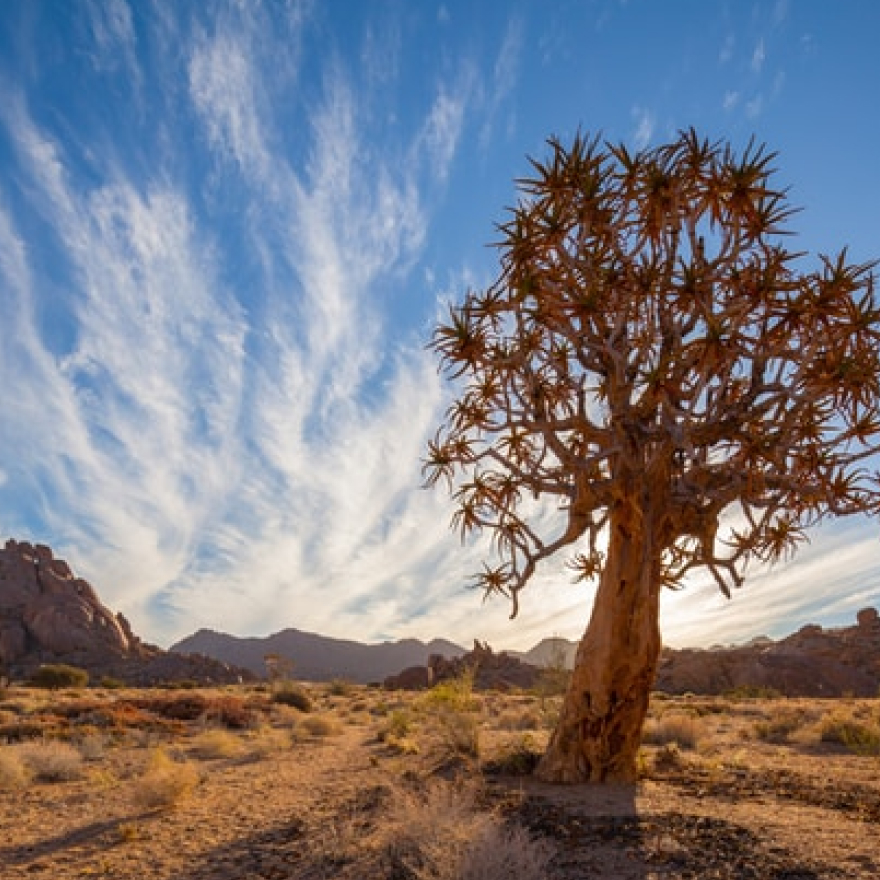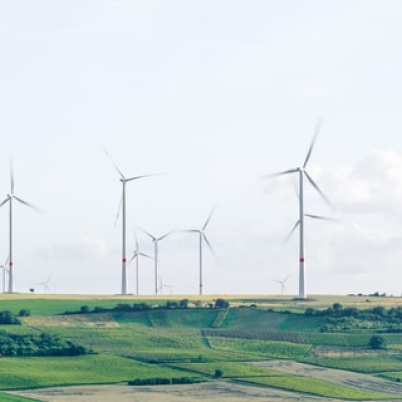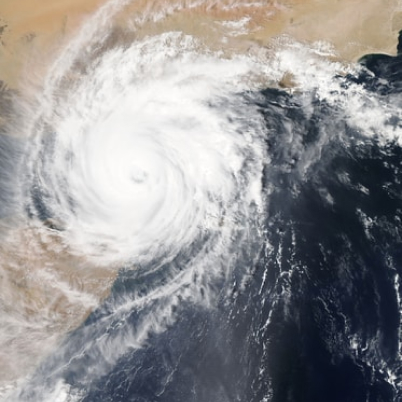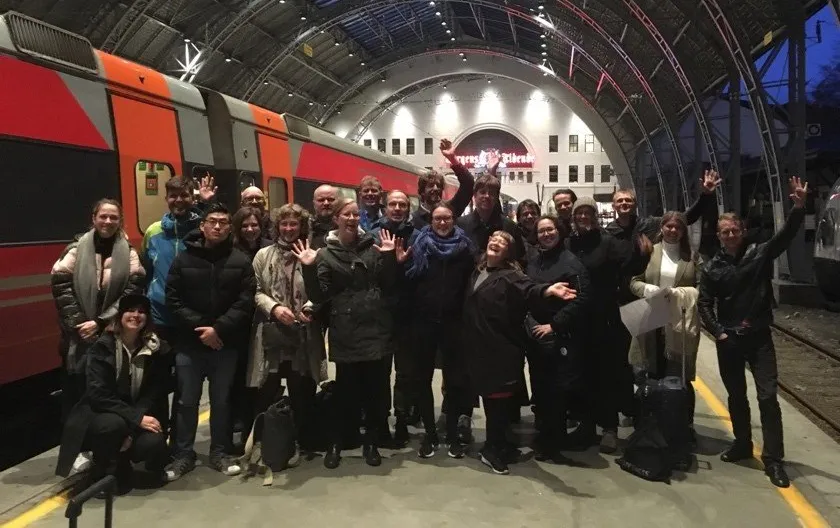A few minutes after I reached the bank, a car stopped and a family stepped out. They joined their hands in prayer and immersed a few flowers and some worship material in the river. While today the river holds true to its name the river of death, it is more widely known as the river of love. Mythologically it is a very important river for the Hindus. It is believed that the river is the daughter of Surya (Sun God) the sister of Yama (God of Death) and the lover of Lord Krishna (inserted image is a sculpture of the Goddess Yamuna). Everyday people start their day from taking a dip in the river water and praying to the sun god for strength. In multiple festivals, they immerse idols into the river hoping for good luck. This again is a cause of pollution as these idols, once made out of eco-friendly clay, are now made out of harmful plaster of paris and decorated with bright paints. At homes, no ceremony and ritual are complete without the water of the river. After death, the ashes after cremation are immersed into the Yamuna for salvation. While the narrative of the river as a goddess brings locals close to the river, it also alienated them from the pollution as the goddess cannot be polluted.






